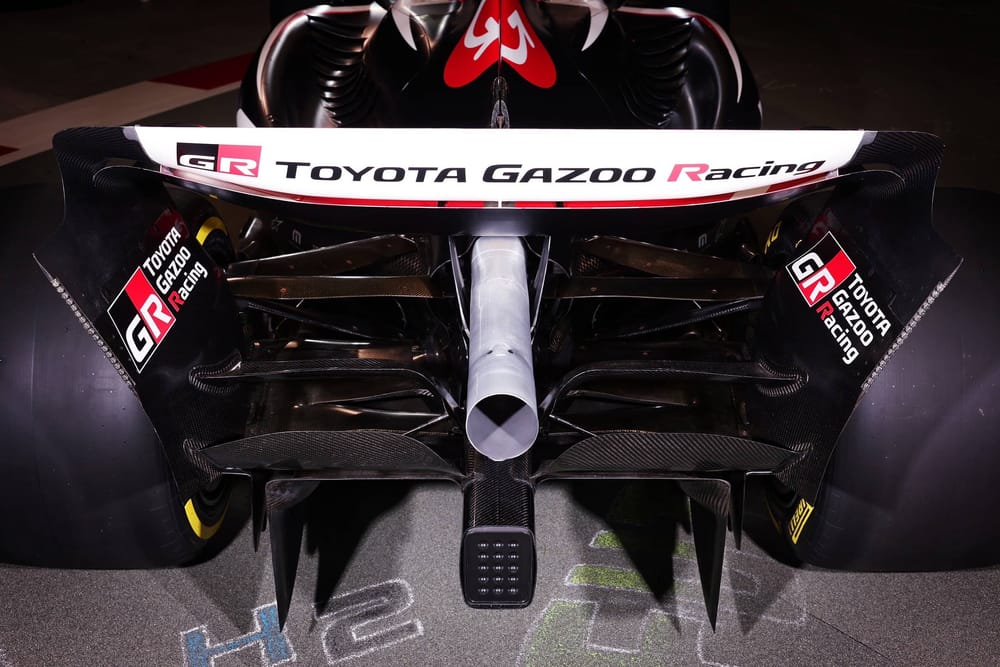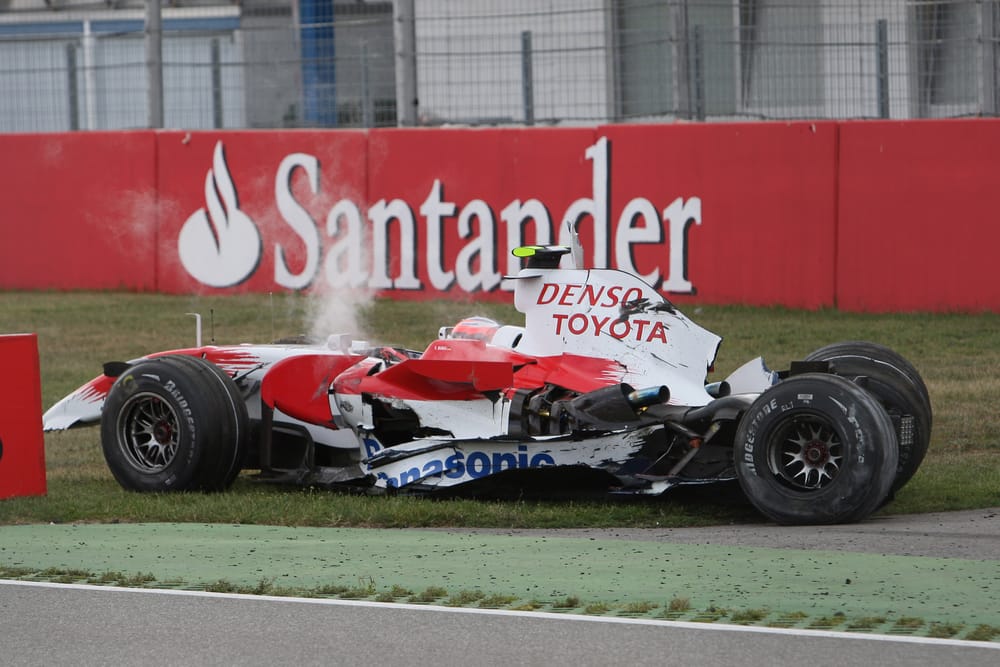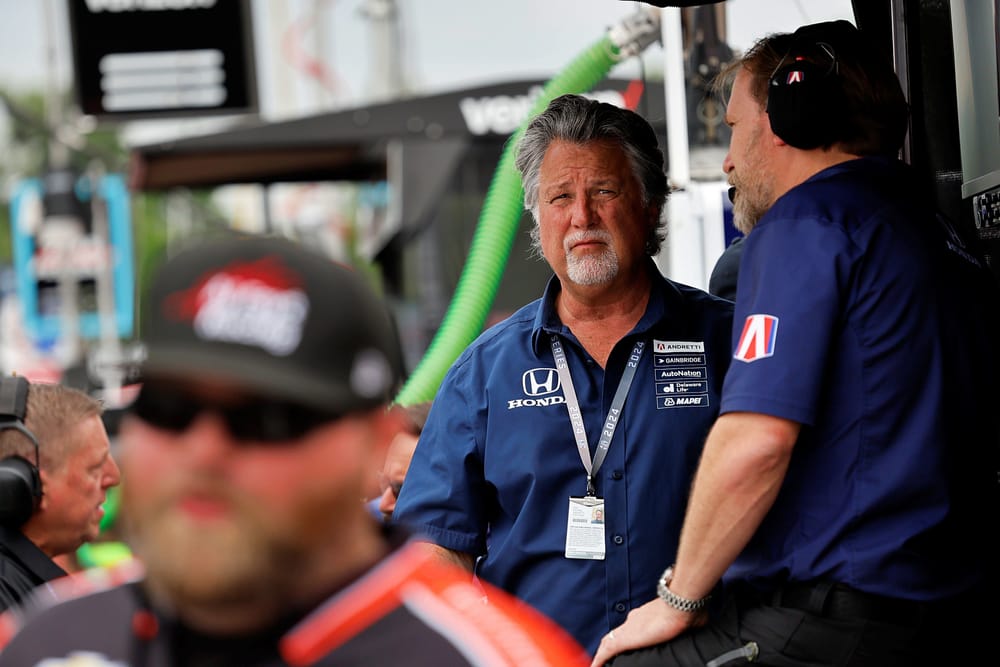Up Next

Formula 1’s smallest team can count on two massive car manufacturers as key partners now that Toyota will lend technical support to a Haas team already dependent on Ferrari.
On the surface, though, it further complicates an already unique F1 set-up.
The next-generation Haas F1 cars will be a result of development from Haas, Ferrari and Toyota. Toyota Gazoo Racing (TGR) will throw itself into the mix with a base in Germany, alongside a UK Haas base, Ferrari’s Maranello site and Haas chassis builder Dallara’s headquarters in Italy.
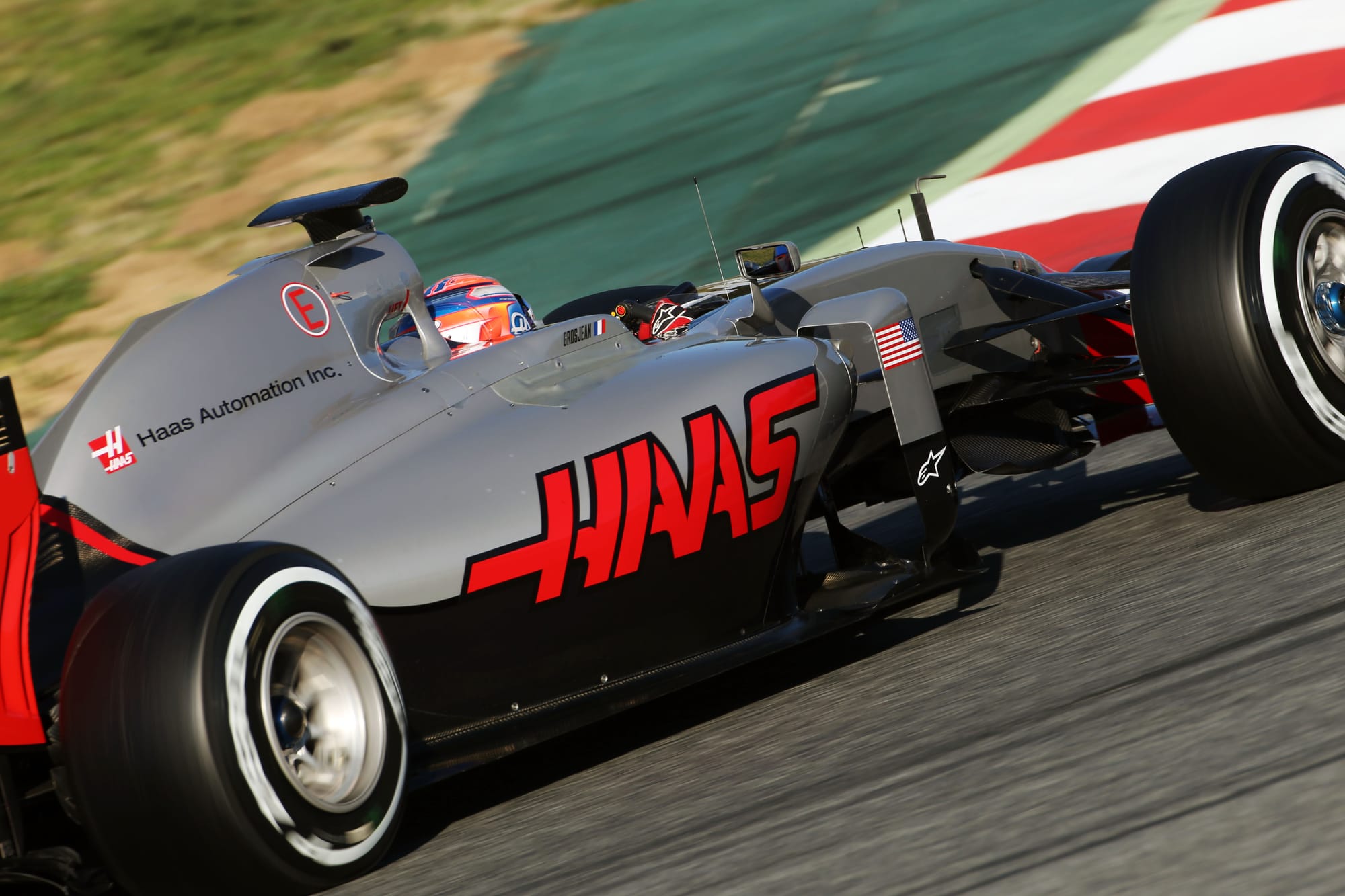
There has always been an interesting philosophical question about Haas, which is simply: is its model fit for purpose now, versus when it entered F1?
Komatsu asked himself that very question when he took the Haas job at the start of 2024. He admitted to The Race earlier this year: “If you are setting up the team on a blank sheet of paper, this is not something you choose.”
Komatsu felt that there were more immediate bottlenecks to resolve than the team’s convoluted structure. And though he admits that, at some point, split locations will become the bottleneck, clearly Komatsu doesn’t think that’s being hit right now.
Otherwise, this deal with a Japanese company and a German facility wouldn’t have been struck.
But it is a sign of other bottlenecks being addressed – “we’re lacking certain resources and hardware capabilities,” Komatsu says now – and is the first example of something much more substantial changing in the Haas structure.
WHAT HAAS AND TOYOTA WILL DO

Toyota’s motorsport arm TGR offers a combination of personnel and technical facilities that Haas sorely needs as F1’s smallest team, while Toyota gets a chance to sharpen its tools to help with other TGR projects, or clients down the line, and to develop personnel.
First, TGR’s support will have a tangible impact in letting Haas commit to things it has so far not had the money, personnel or facilities to take on: simulation and private testing programmes two major examples.
Toyota’s put a huge emphasis on the opportunities this deal provides for its drivers and engineers. It will fund and help staff Haas’s first ever private testing programme - something it simply did not have the money or the engineering headcount to manage before - in an old car.
This will give Japanese drivers, mechanics and engineers real-world F1 opportunities that Toyota has not been able to offer for over a decade. TGR president Tomoya Takahashi even said this will eventually amount to a new driver development programme.
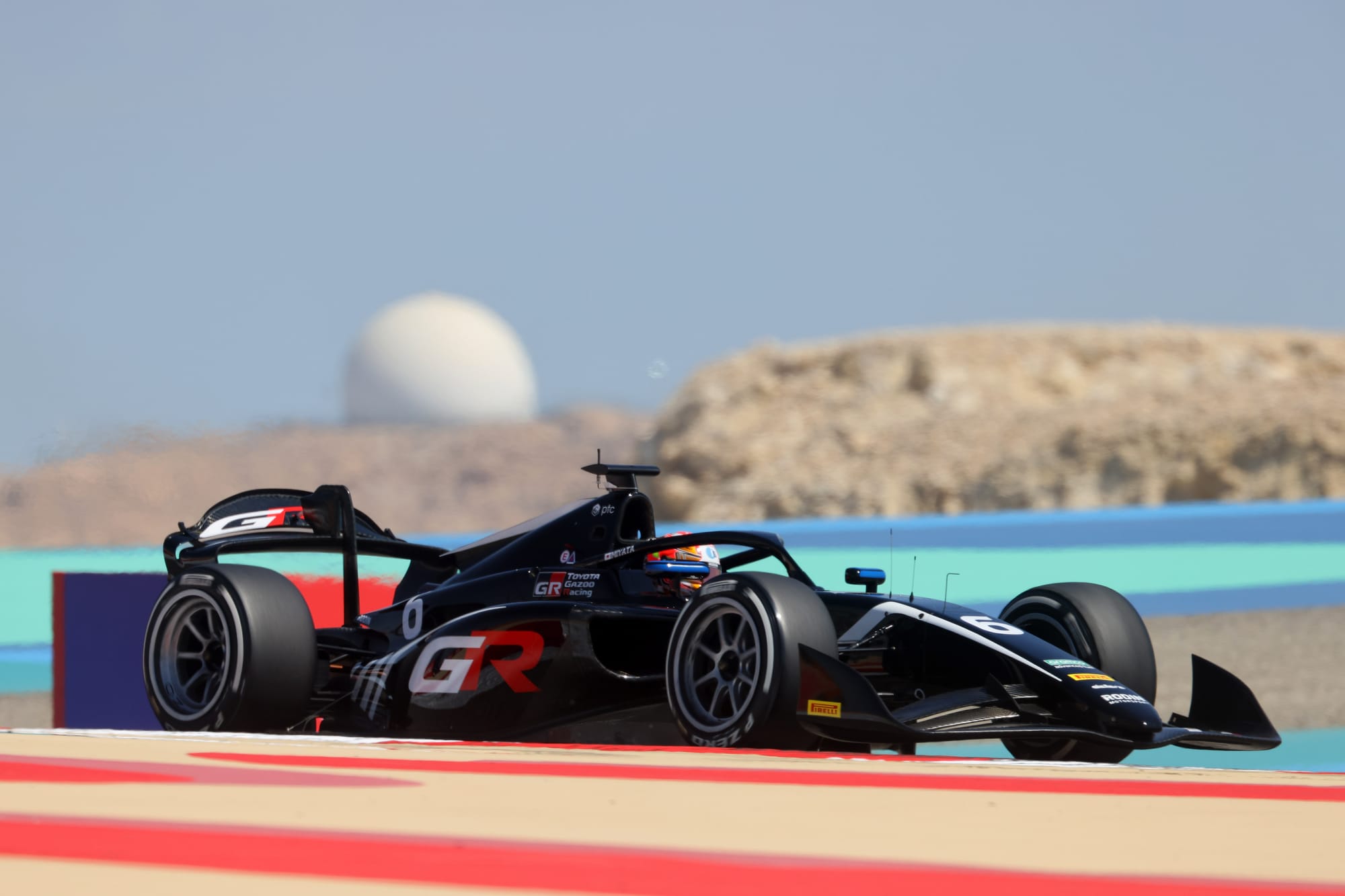
TGR will also supply Haas with the team’s first on-site simulator at its UK base, which will primarily be used to help race drivers, development drivers and also teamwork with key engineers.
So, while it’s not a proper Toyota F1 team, and TGR has made it clear that neither owning a team nor building an engine is the plan at the moment, there’s a big investment being made. And there’s plenty of room for this partnership to grow further, too.
For example, Haas is even leaving the door open to a naming rights deal further down the line.
“The certain project we picked to kick off is because it’s so obvious what we’re lacking,” says Komatsu.
“We picked the project that has the biggest impact and need straight away.
“As we understand each other more and more, there will be many areas we can work together.”
Haas is also keen to benefit from time and cost efficiency gains in development and manufacturing - which means getting better quality parts onto its car quicker, and for less money.
It is not going to yield massive short-term benefits, because of the time required to do things like install and correlate a simulator on-site at Banbury, get to know how each side works, and transfer things like carbon composite design and manufacturing to TGR. But it will pay off sooner than if Haas tried to take everything on itself.
“With the current model there’s a limit what we can improve,” says Komatsu.
“Unless we take some other aspects of engineering in-house, essentially, which normally requires huge investment and big lead time you can’t make a big step in efficiency in time and cost.
“With this partnership we can make that leap very quickly.”
WHAT ABOUT FERRARI AND DALLARA?
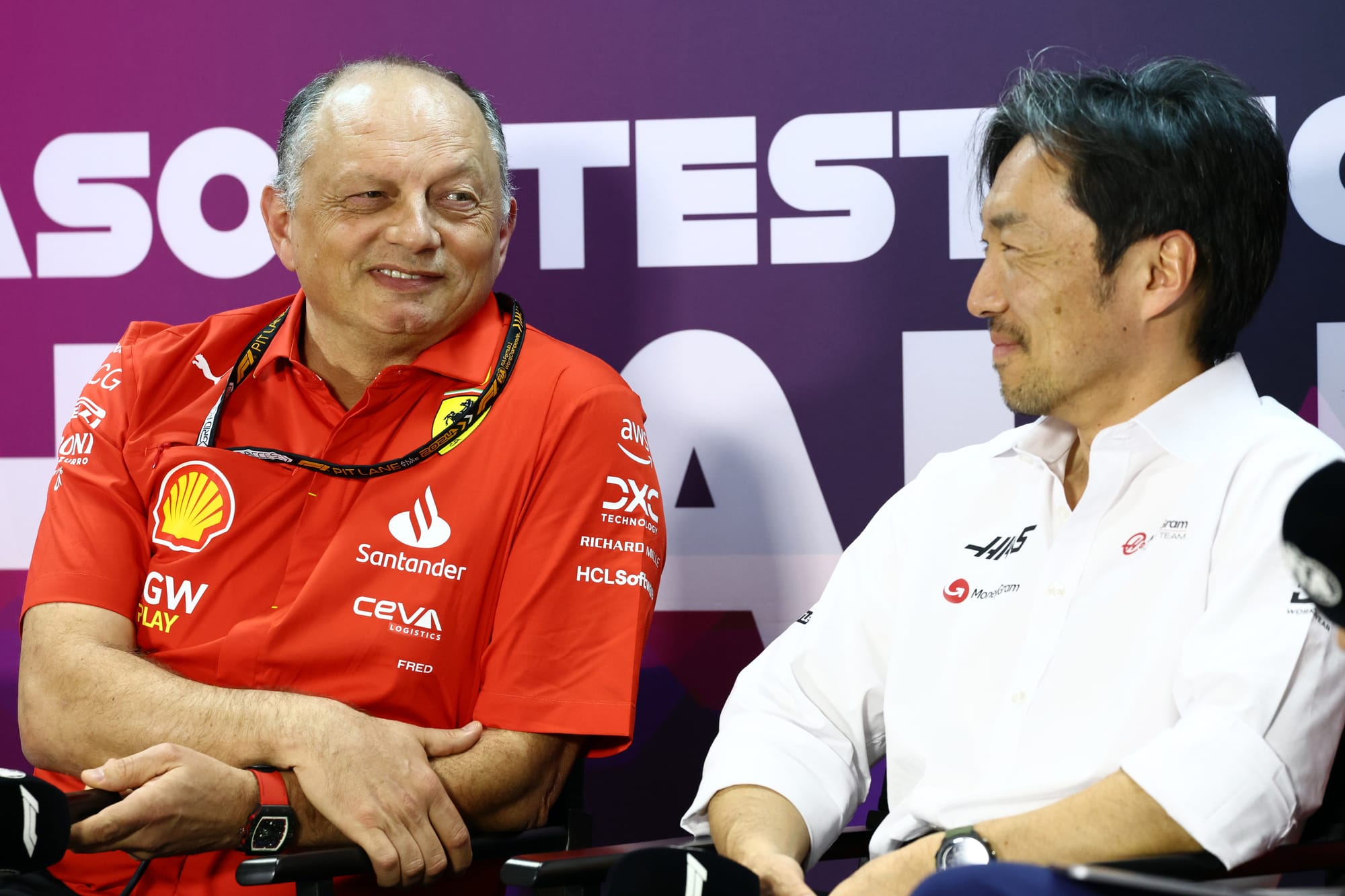
With its Toyota partnership, Haas will still be a Ferrari customer team and use as many Ferrari designed mechanical parts as the rules allow.
Komatsu thinks that arrangement is and “always will be the foundation” of the Haas model. That’s why the deal has been renewed until the end of 2028. “What we have and what we get is amazing,” Komatsu says.
That’s because Haas will keep using the Ferrari windtunnel, rather than the TGR tunnel at Cologne, and keep its design office at Maranello too. This is mainly because it will keep taking Ferrari-built mechanical parts, so keeping these core things together on the same premises makes sense.
Haas will also continue to use the Ferrari simulator at Maranello for car development. It has only used this facility sparingly, “not in anger”. Komatsu describes that as “pretty limited” in-season because the Haas engineering team is pretty much what it sends trackside.
He reasons: “I can’t ask people to do another 10 weeks in Italy to do simulator sessions.”
Komatsu says the Maranello simulator is “very good” and “we will keep using it in the way we have been using it” - for car development, rather than driver work or weekend preparation or engineering practice.
This ultimately means the Ferrari partnership continues as is, across the board.
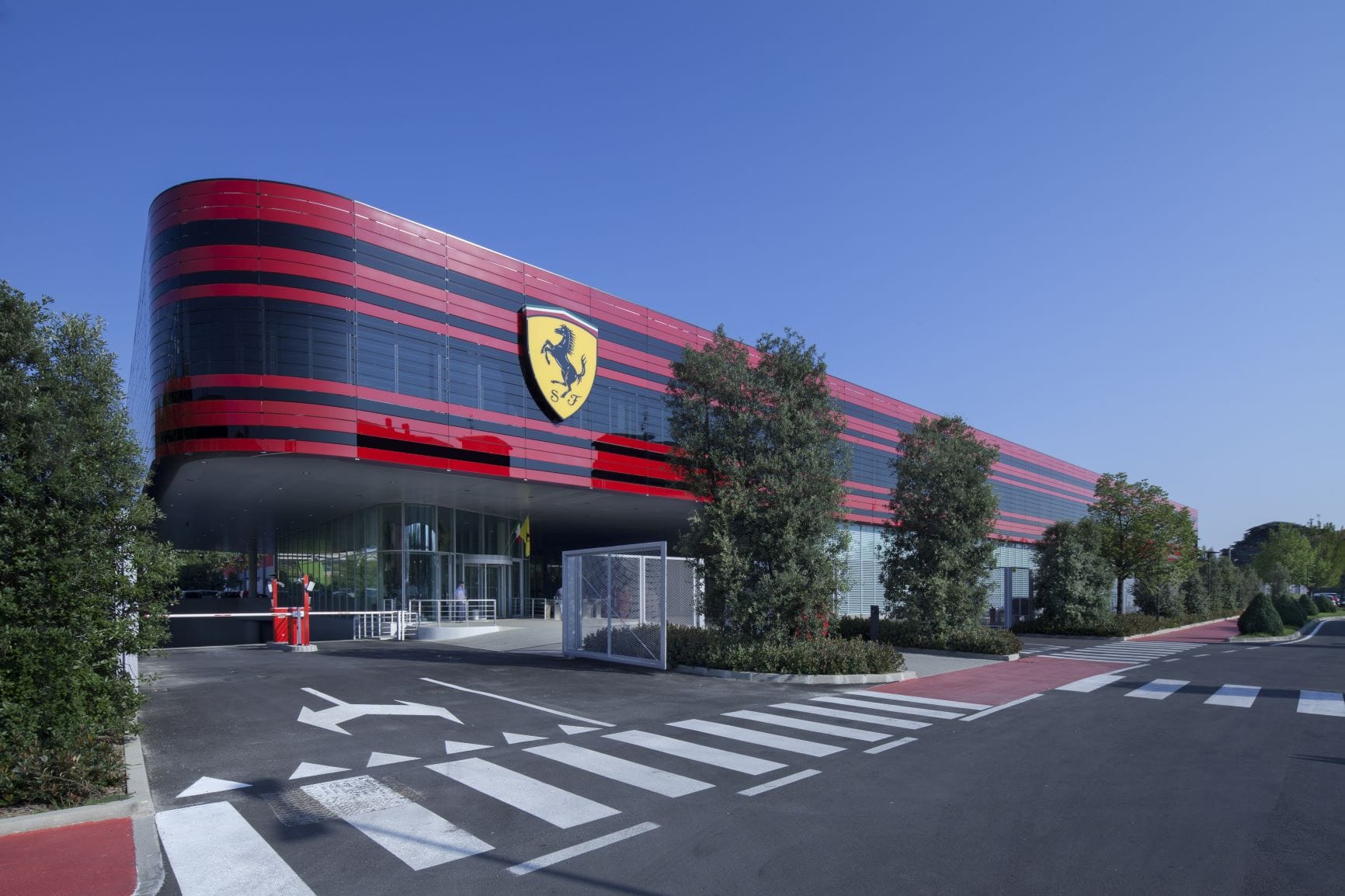
What’s more likely to evolve is what Dallara offers. Dallara does much of the Haas manufacturing work, and was an exclusive partner before this year, but using Dallara is not at the necessary F1 level in terms of speed and cost efficiency.
That deal was already reviewed and adjusted at the start of 2024, with efficiency a priority. Reading between the lines, Haas previously paid Dallara a lot of money, but the production times lagged weeks behind what other teams were capable of, whether that was by producing components in-house or through using better suppliers.
Komatsu says Dallara is an “important partner” and a “key relationship” that will continue. TGR and Dallara will “co-exist” now: “It’s not replacing one with another.”
Gradually moving more manufacturing demands across to TGR seems likely. Although if TGR is to take on the biggest tasks, like building the chassis, then that will be a longer-term project. But it will still be faster and more effective than Haas trying to build itself up to do all of this in its own facility.
Komatsu describes what TGR will bring, to complement the Ferrari and Dallara offerings, as the result of him looking at ways to “speed up and take this team forward in the shortest possible time”.
“I’m not dreaming it’s going to suddenly make a step straight away,” he says.
“But it’s certainly much quicker to do it through this collaboration because they already have the know-how and the people.
“If we have to recruit it takes the best part of the year. And we have to get the hardware. Whereas all of that is already available.”



